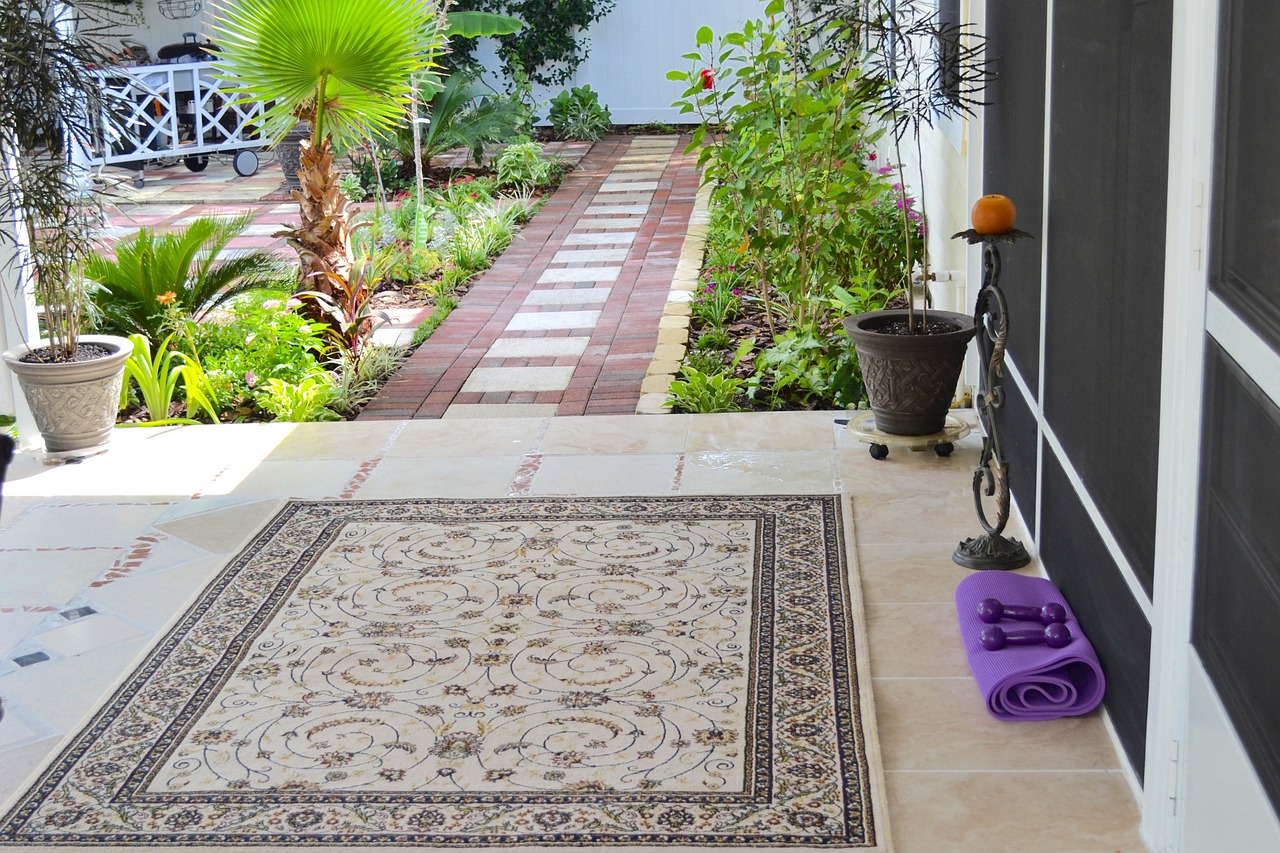Reinforcing Fence Posts for Stability: Gold bet, Tiger exch login, Betbook250
gold bet, tiger exch login, betbook250: When it comes to installing a fence on your property, one of the most crucial elements to consider is the stability of the fence posts. Strong, sturdy fence posts are essential for ensuring that your fence stands the test of time and remains in place, even in the face of strong winds and other environmental factors.
Reinforcing fence posts for stability is a key step in the fence installation process. By taking the time to properly reinforce your fence posts, you can help prevent costly repairs down the road and ensure that your fence remains secure for years to come.
In this blog post, we’ll discuss some of the most effective methods for reinforcing fence posts for stability. From choosing the right materials to using proper installation techniques, we’ll cover everything you need to know to ensure that your fence posts are up to the task.
Choosing the Right Materials
One of the first steps in reinforcing fence posts for stability is choosing the right materials. When it comes to fence posts, there are several options available, including wood, metal, and plastic. Each material has its own strengths and weaknesses, so it’s important to consider the specific needs of your project before making a decision.
Wooden fence posts are a popular choice for many homeowners due to their natural aesthetic and affordability. However, wood is prone to rot and decay over time, especially when exposed to moisture. To increase the stability of wooden fence posts, consider using pressure-treated lumber or applying a wood preservative to prevent rot.
Metal fence posts, such as steel or aluminum, are another durable option for reinforcing fence posts. Metal posts are resistant to rot and decay, making them a long-lasting choice for fence installation. However, metal posts can be more expensive than wood posts and may require special tools for installation.
Plastic fence posts are a lightweight and affordable option for reinforcing fence posts. While plastic posts are not as strong as wood or metal posts, they are resistant to rot and corrosion, making them a low-maintenance choice for fence installation. Plastic posts are best suited for lighter-duty applications, such as decorative fencing or temporary barriers.
No matter which material you choose for your fence posts, be sure to select posts that are the appropriate size and strength for your specific fencing needs. For larger or heavier fences, consider using thicker or taller posts to provide additional support and stability.
Proper Installation Techniques
In addition to choosing the right materials, proper installation techniques are essential for reinforcing fence posts for stability. Improperly installed fence posts are more likely to shift or lean over time, leading to a less secure fence overall. By following these tips for proper installation, you can help ensure that your fence posts remain stable for years to come.
Start by digging a proper hole for each fence post, ensuring that the hole is deep enough to accommodate at least one-third of the length of the post. The hole should also be wide enough to allow for proper backfilling and compaction to prevent settling.
Next, set the fence post in the hole and use a level to ensure that it is plumb and straight. Once the post is in the correct position, backfill the hole with concrete or gravel to provide additional support and stability. Tamp down the backfill material to remove air pockets and prevent shifting.
After the concrete or gravel has cured, add any additional bracing or support structures as needed to reinforce the fence post. This may include installing diagonal braces or cross beams to help distribute weight and prevent leaning or sagging.
Finally, be sure to maintain your fence posts regularly by checking for any signs of damage or instability. Inspect the posts for signs of rot, decay, or insect infestation, and make any necessary repairs or reinforcements as needed to keep your fence in top condition.
By following these tips for choosing the right materials and using proper installation techniques, you can reinforce your fence posts for stability and ensure that your fence remains secure and attractive for years to come.
? Heading 1: Common Problems with Fence Posts
? Heading 2: Signs of Rot and Decay
? Heading 3: Importance of Proper Drainage
? Heading 4: Using Durable Materials
? Heading 5: Benefits of Regular Maintenance
? Heading 6: FAQs
FAQs
1. How deep should fence posts be installed for optimal stability?
For most fence installations, fence posts should be installed at least one-third of their total length in the ground to provide optimal stability. This helps ensure that the posts are securely anchored and less likely to shift or lean over time.
2. What are the signs of rot and decay in fence posts?
Signs of rot and decay in fence posts may include soft or spongy wood, mold or mildew growth, or visible cracks or splits in the post. It’s important to address these issues promptly to prevent further damage and maintain the stability of your fence.
3. How can I prevent my fence posts from leaning or shifting?
Proper installation techniques, such as using the right materials, ensuring proper drainage, and regular maintenance, can help prevent fence posts from leaning or shifting over time. By reinforcing your fence posts with the right materials and techniques, you can help ensure the stability of your fence for years to come.
In conclusion, reinforcing fence posts for stability is an important step in ensuring the longevity and durability of your fence. By choosing the right materials, using proper installation techniques, and maintaining your fence posts regularly, you can help prevent costly repairs and keep your fence looking great for years to come. With a little extra effort and attention to detail, you can enjoy a secure and stable fence that adds value and curb appeal to your property.







